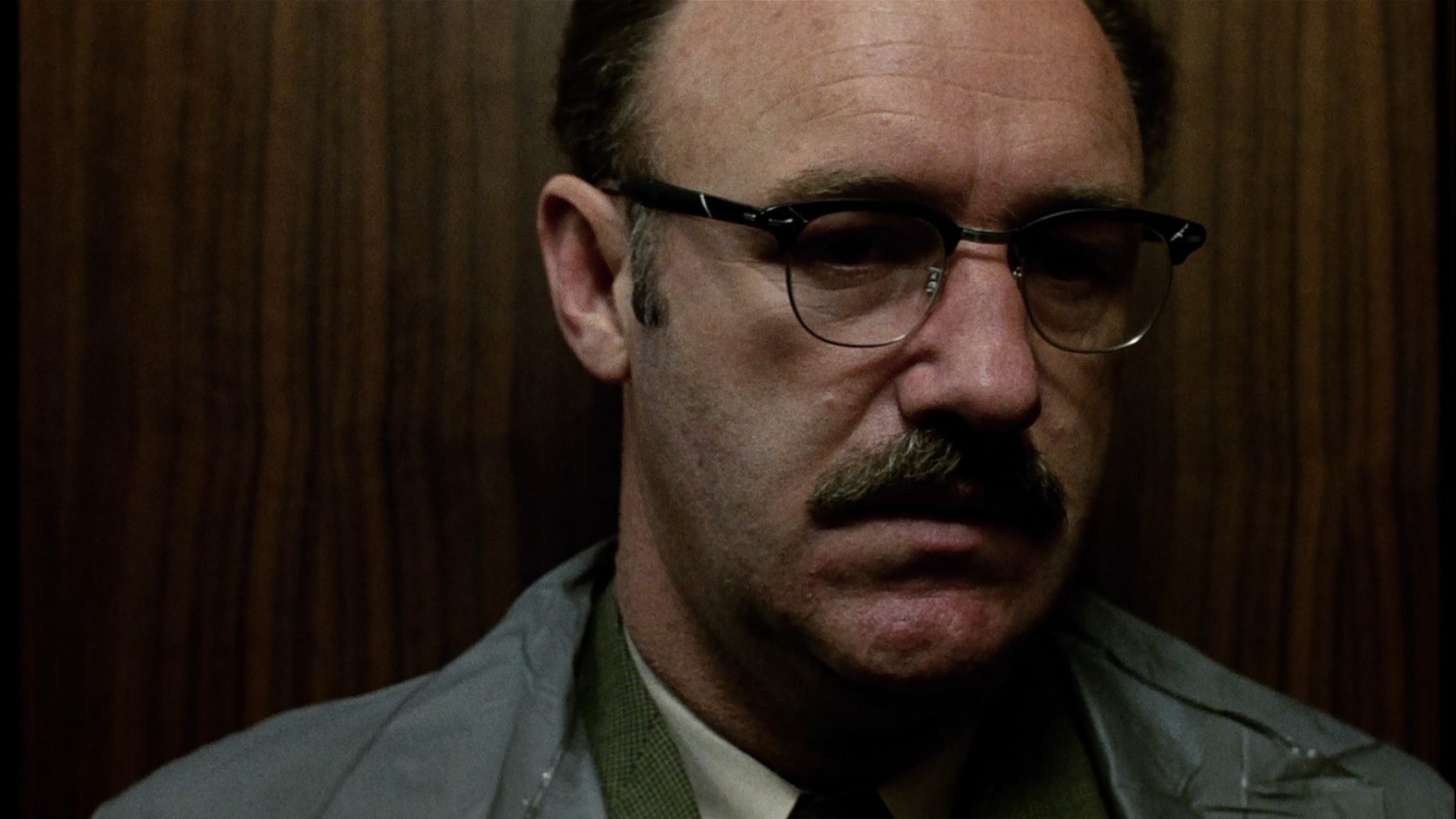I will never forgive you, Clint Eastwood Devastating massage to…

Before screenwriter David Webb Peoples’ career exploded and his name became associated with such high-profile films like Blade Runner and 12 Monkeys, he was a simple, hardworking unknown in Tinseltown trying to make ends meet. Although Peoples worked primarily involved film editing the chap’s passion was writing, and he kept on churning spec scripts to catch the eye of would-be clients.
Peoples’ first stab at success came when he was hired by Ridley Scott to craft the script of Blade Runner, after lead writer Hampton Fancher and Scott parted ways. Although a box office dud at the time of its release, the sci-fi drama has since been reevaluated and embraced as a masterpiece of its genre, and Peoples was part of its creative process.
Somewhere in 1976 the talented writer completed his script for Unforgiven, then alternatively titled as The William Munny Killings and The Cut-Whore Killings. Needlessly to say, with a grotesque title like that many creatives turned away from it until it caught the attention of none other than Francis Ford Coppola.
The intrepid director had a phenomenal run in the 70s with movies like The Godfather, The Conversation and Apocalypse Now under his belt but the following decade saw things slow down a bit for the gifted auteur. Hence, he was looking for something revitalize things when he came across Peoples’ unproduced script. Coppola saw potential and decided to option the screenplay, but couldn’t get the project off the ground.

When Coppola’s option on the script expired in 1985 Clint Eastwood picked it up, but even he too was initially dissuaded from pursuing the effort by his long-time associate Sonia Chernus, who was appalled after reading the material. In one of her memos to Eastwood, Chernus had this to say about Peoples’ screenplay, “We would have been far better off not to have accepted trash like this piece of inferior work. I can’t think of one good thing to say about it. Except maybe, get rid of it fast.”
Eastwood took her advice to heart and didn’t read the script. However, whilst looking out for potential talents to retool a different project he was involved with, Eastwood inevitably went through it and liked what he read. He liked it so much that he decided he should play the lead, as well as helm it. With this in mind Eastwood pushed back Unforgiven until he was just the right age to personify the main character of the bleak tale.

By the time filming officially kicked off several years had already elapsed and it was August 26, 1991. With a modest budget of $14.4 million and a lean production period of 39 days, shooting wrapped on November 12th the same year, four days ahead of schedule. Eastwood’s economical shooting style was heavily influenced by Don Siegel, the director of 1971’s controversial neo-noir crime drama Dirty Harry. “Don was a guy who could get a lot on film with very little in the way of budget and by watching him I tried to grab that. I don’t shoot quite as lean as Don but I do plan things out,” Eastwood revealed during a behind-the-scenes interview.
Unforgiven was shot entirely on location in a remote ranch section in Alberta, Canada. In keeping with the feel of the period that they were trying to recreate, cast and crew were requested to come to work via horsepower and no motor vehicles were allowed on set. As Eastwood is a stickler for detail and authenticity he hired longtime collaborator Henry Bumstead, a two-time Academy Award winning production designer, to design and build the 1880s town of Big Whiskey, Wyoming from the ground up.

The Unforgiven set wasn’t a façade either, simply there as window dressing. all of the buildings were fully functional – built with extensive interiors and the whole shebang. Since the pre-production period was relatively short, Bumstead only had a narrow window of two months to achieve the impossible. And he achieved it in style and then some, going on to nab an Academy Award nomination for his work during awards season.




